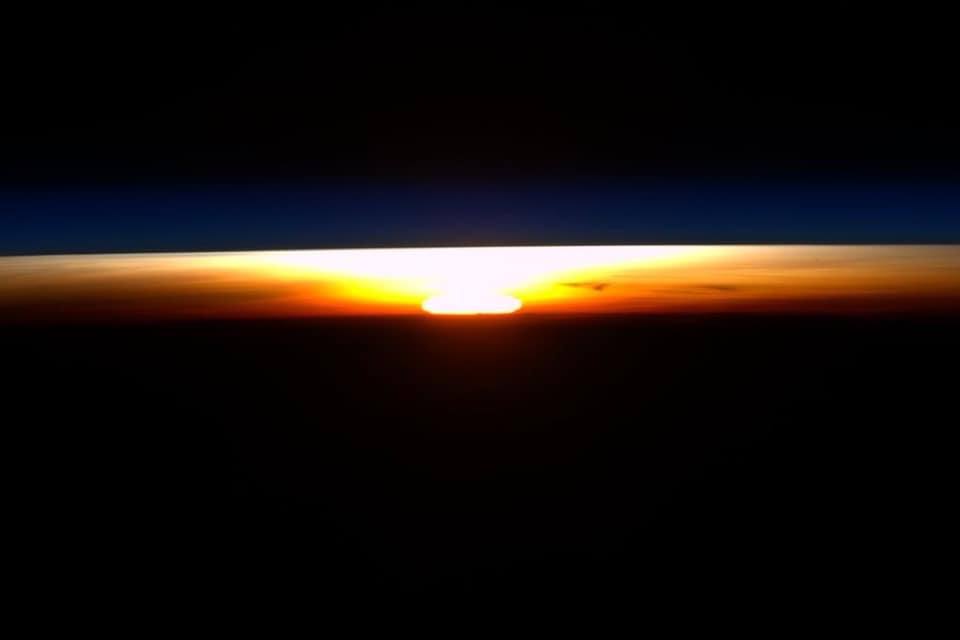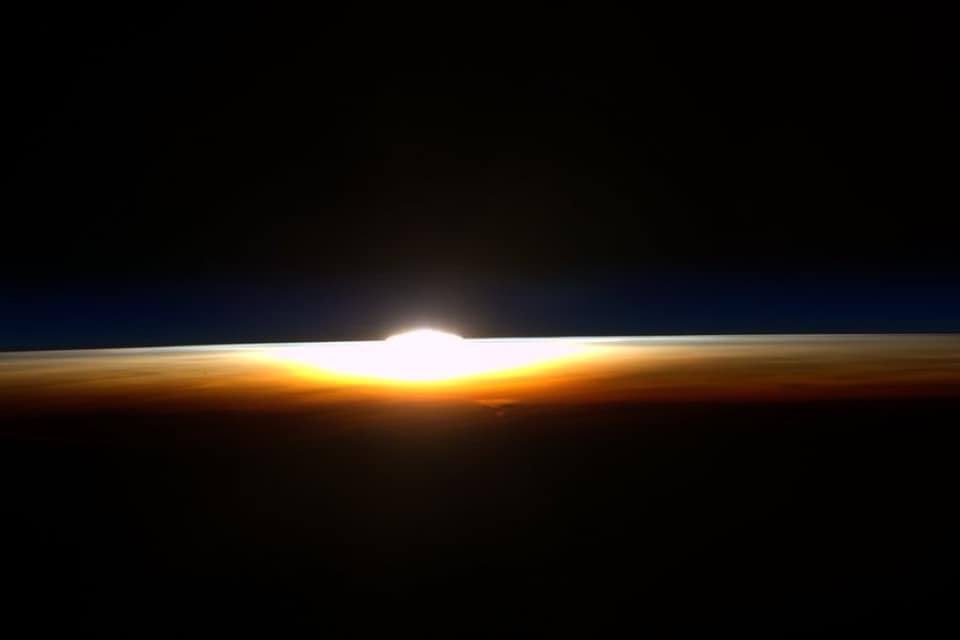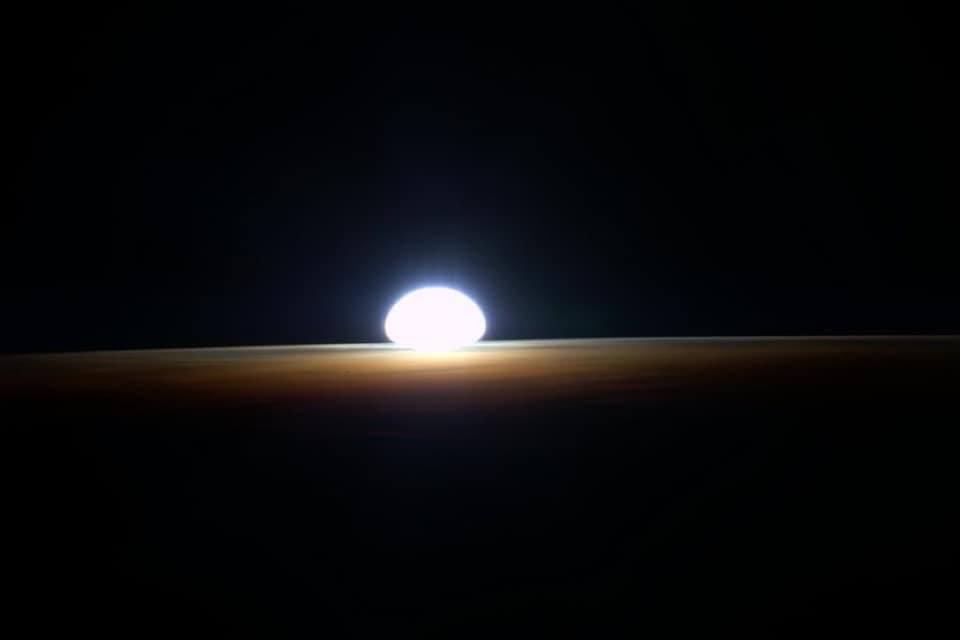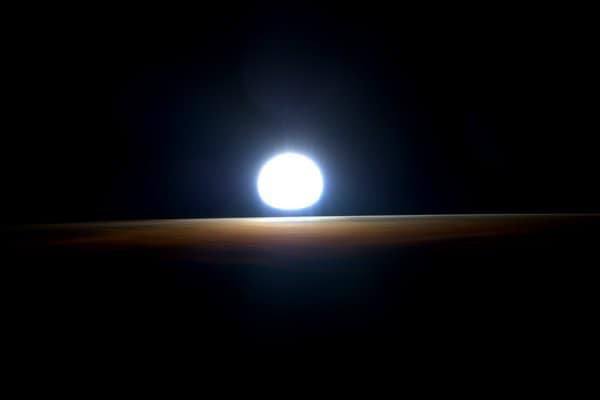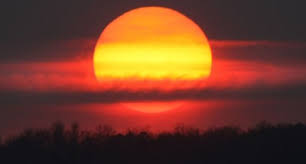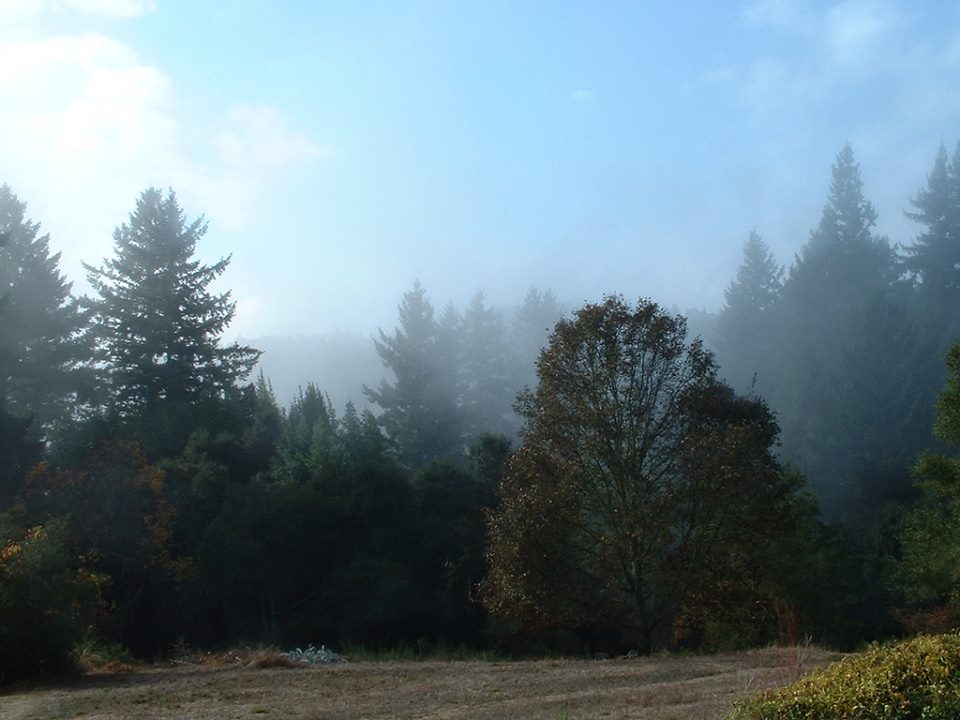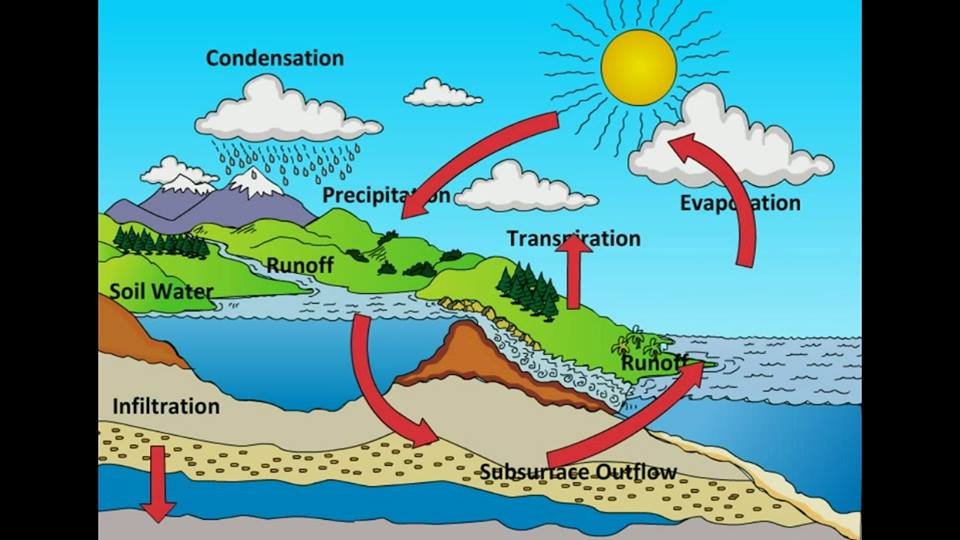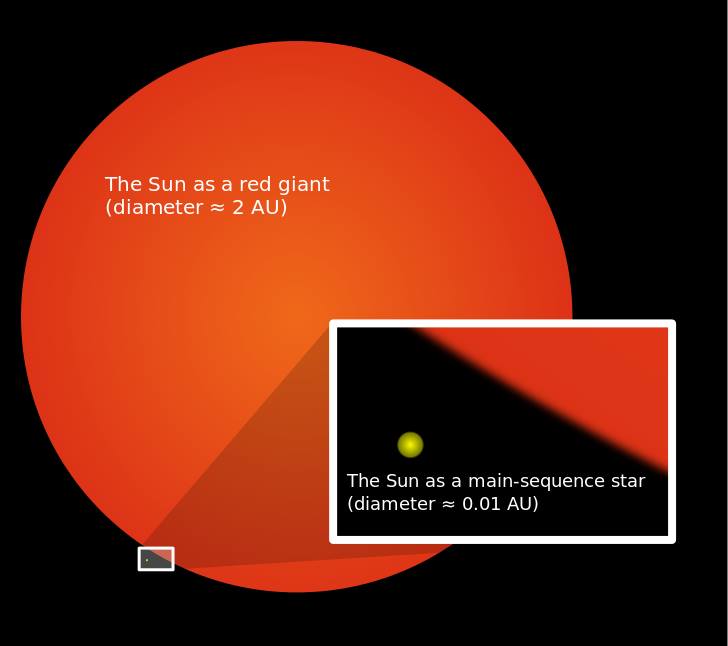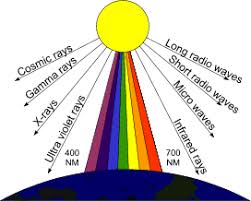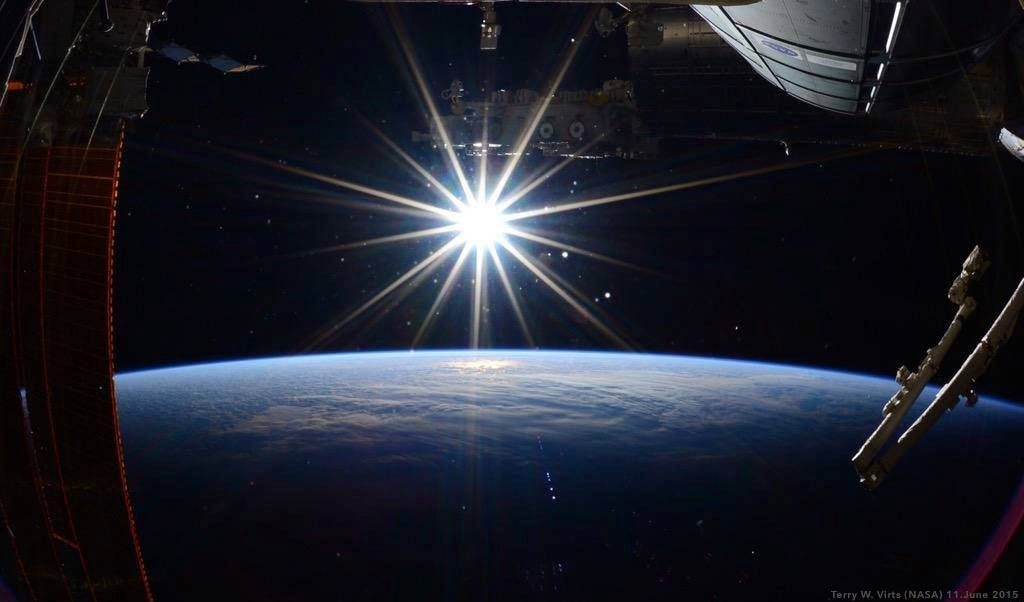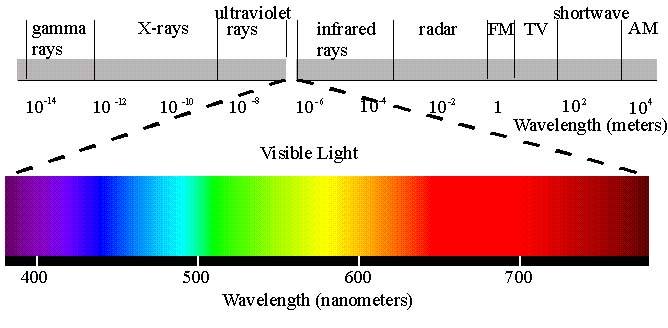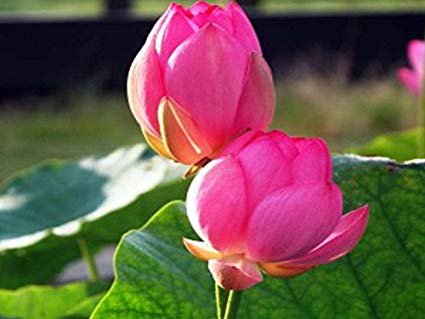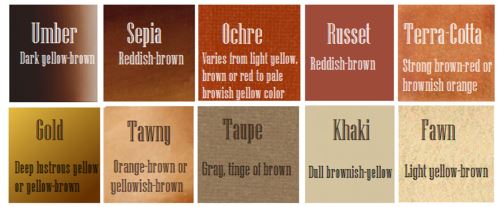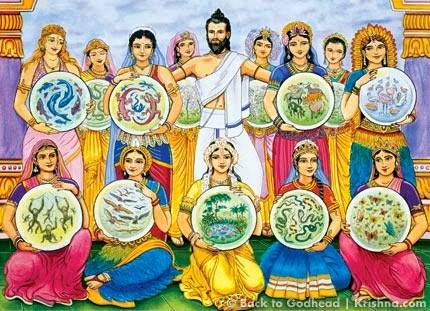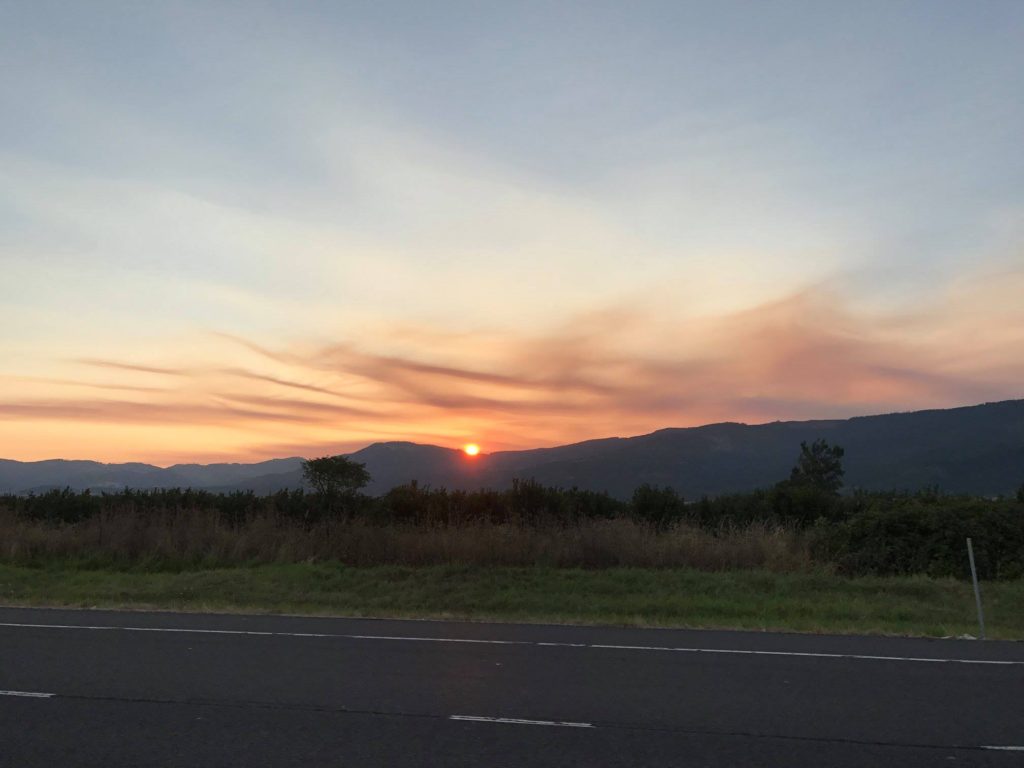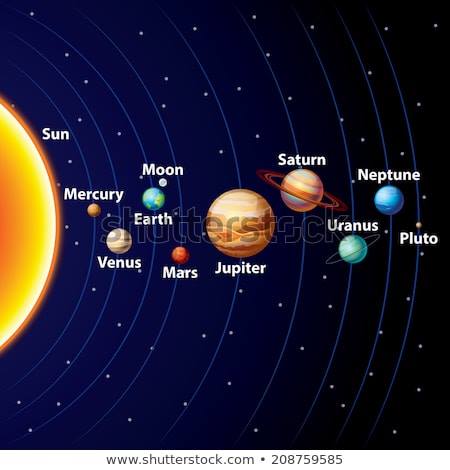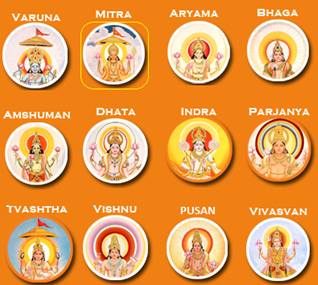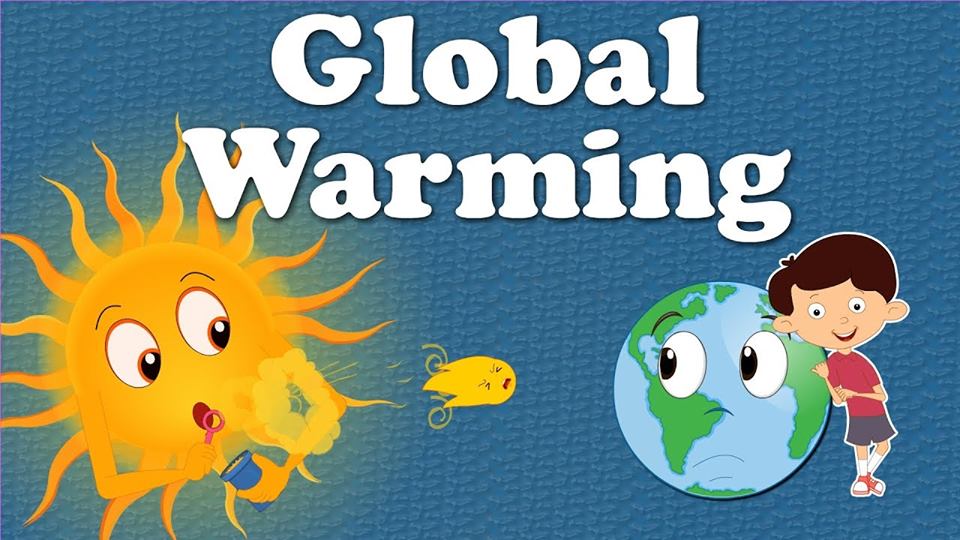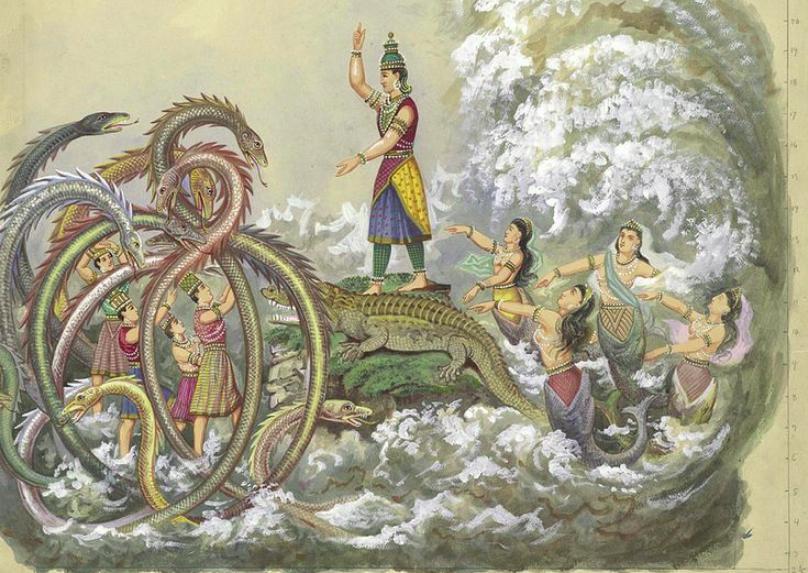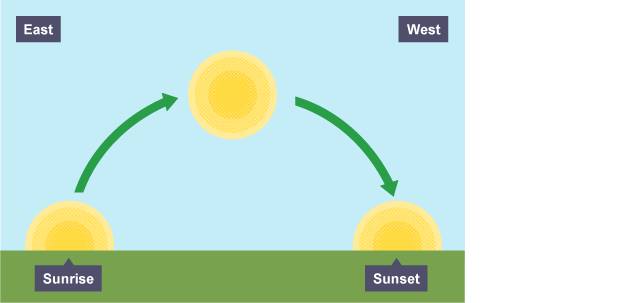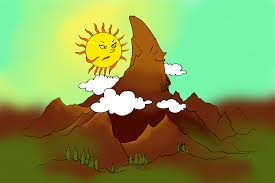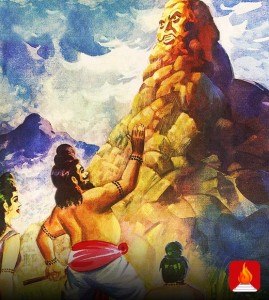Aditya Hrudayam Series Week 27
Shloka Taatparyam Shloka 22
Of all the 31 shlokas in Aditya Hrudayam this particular verse is my absolute favorite. This verse is very very special. It hits the sweet spot and stunningly blends the scientific and spiritual merits of Sun in a very elegant way. It directly talks about the science behind the hydrological cycle. Science and spirituality are two entirely different worlds. But seeking the truth is the central and most fundamental goal to both these communities. It is precisely why they both treasure Sun. NASA explores Him and Vedas adore Him. No matter which way you seek, truth is the truth. It ultimately prevails. So here it goes….
नाशयत्येष वै भूतं तदेव सृजति प्रभुः।
पायत्येष तपत्येष वर्षत्येष गभस्तिभिः॥ 22 ॥
Nāśayatyeṣa vai bhūtaṃ tadeva sṛjati prabhuḥ।
pāyatyeṣa tapatyeṣa varṣatyeṣa gabhastibhiḥ॥ 22 ॥
Meaning:
(Salutations to the) Lord who destroys the Beings, and who (re)creates them all
He heats the water, drinks (the Water) by His rays, and again Rains (the same Water)
This verse talks about Sun powering the hydrological cycle on earth. The Sage starts by saying Sun is the oldest and greatest recycler of all times. And in the second line he talks about the movement of water above and below the surface of the earth. Without any ambiguity or doubt he hits the nail right on its head. He very clearly states the three stages of the water cycle namely evaporation, condensation and precipitation. It is impressive to me that Sage Agasthya composed this in Treta Yuga. Just to give a perspective of the timeline – we are now in Kali yuga, which is 432,000 human years long. Before kali was Dwapara yuga. It had 864,000 years (twice as long as Kali). Before dwapara was Treta yuga, almost twice as long as Dwapara. So this shloka dates way back in the past, way way before the hydrologic cycle was “scientifically explained” by Bernard Palissy. Now, how is that for science and technology in the Vedic age? Absolutely astonishing !!!
#Adityahrudayam #Solarpower #Vedicscienc
नाश Nāśa – Destroys
यत् yat – that
एष eṣa -He
वै vai – indeed
भूतं bhūtaṃ – all existing beings in the world
तदेव tadeva
तत् Tat – that
ऐव Eva – only
सृजति sṛjati – creates
प्रभुः prabhuḥ – Lord
पायत् pāyat – Drinks
एष eṣa – He
तपत् tapat– Heats, warms
एष eṣa -He
वर्षत् varṣat – rains
एष eṣa – He
गभस्तिभिः gabhastibhiḥ – with His (Sun’s) rays
Gabhasti means the rays of the sun. Gabastibhih is strilinga bahuvacana Tritiya vibakthi



